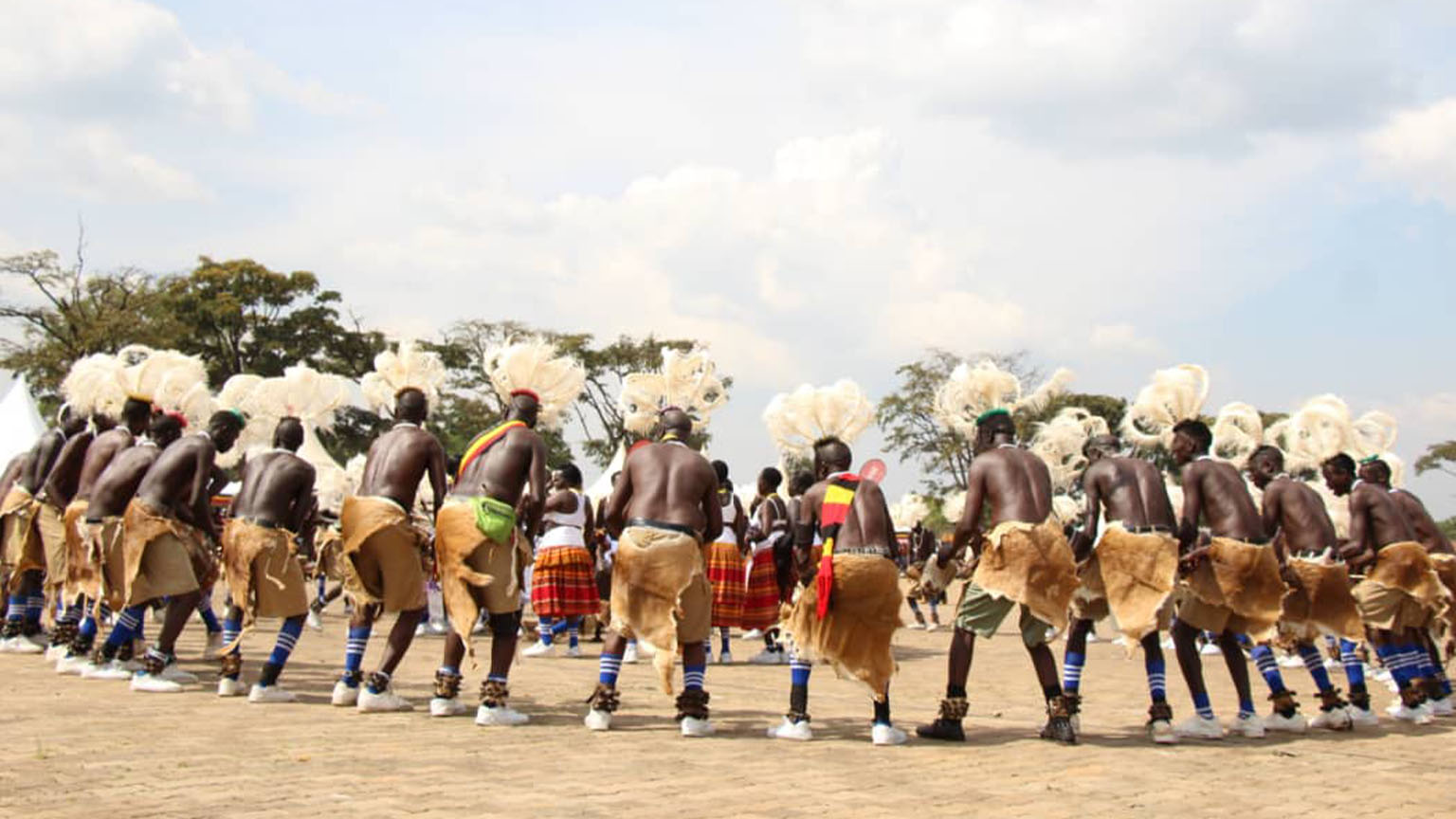Nilotic-language speakers entered the area from the north probably beginning about A.D. 100. They were the first cattle-herding people in the area, but they relied on crop cultivation to supplement livestock herding for subsistence. The largest Nilotic populations in present-day Uganda are the Iteso and Karamojong cluster of ethnic groups, speaking Eastern Nilotic languages, and the Acholi, Langi, and Alur, speaking Western Nilotic languages. Descendants of Eastern Nilotic peoples also live in Kenya, Sudan, and Uganda, where the largest groups are the Karamojong. These include the Karamojong proper, as well as the Jie, Dodoth, and several small related groups, constituting about 12% of the population. The Iteso people are an acculturated branch of the Eastern Nilotic peoples. Constituting about 8.1% of population of Uganda, they are the nation’s second largest ethnic group.
- he Teso territory stretches south from Karamoja into the well-watered region of Lake Kyoga. Their traditional economy emphasizes crop growing. Many Iteso joined the cash economy when coffee and cotton were introduced in 1912, and the region has prospered through agriculture and commerce. The Kakwa occupy a region of extreme northwestern Uganda that borders southern Sudan and northeastern Zaire.
Western Nilotic Groups
Those who live in Uganda constitute less than 1% of the population. Western Nilotic language groups include the Acholi, Langi, Alur, and several smaller ethnic groups. Together they comprise about 15% of the population. Most of western Nilotic languages in Uganda are classified as Low Nilotic, and are closely related to the language of the Luo in Kenya. The two largest ethnic groups, the Acholi and Langi, speak almost identical languages

The Alur, who live west of the Acholi and Langi, are culturally similar to neighboring societies of the West Nile region, where most people speak Central Sudanic languages.
Central Sudanic languages, whose speakers also arrived in Uganda from the north over a period of centuries, are spoken by the Lugbara, Madi, and a few small groups in the northwestern corner of the country. Central Sudanic languages are spoken by about 6% of Ugandans, most of whom live in the northwest. The Lugbara live in the highlands on an almost treeless plateau that forms the watershed between the Congo River and the Nile. The Madi live in the lowlands to the east. The two groups both speak nearly identical languages and have strong cultural similarities. Both groups raise millet, cassava, sorghum, legumes, and a variety of root crops. Chicken, goats, and, at higher elevations, cattle are also important. Corn is grown for brewing beer, and tobacco is an important cash crop.
Roughly 10,000 Ugandans of Sudanese descent are classified as Nubians in reference to their origin near the Nuba Mountains in Sudan. They are descendants of Sudanese military recruits who entered Uganda in the late nineteenth century as part of the colonial army employed to quell popular revolts. Their ethnic identities are various, but many spoke Western Nilotic languages similar to that spoken by the Acholi people, their closest relatives in Uganda. Many Nubians also speak a variant of Arabic, and are Muslims. The 1969 census numbered the Asian population in Uganda at about 70,000. Asians were officially considered foreigners despite the fact that more than 50% of them had been born in Uganda. By the 1970s South Asians had gained control of the retail and wholesale trade, cotton ginning, coffee and sugar processing, and other segments of commerce. President Amin deported about 70,000 Asians in 1972, and only a few returned to Uganda in the 1980s to claim compensation for their expropriated land, buildings, factories, and estates. In 1989 the Asian population in Uganda was estimated at only about 10,000.
